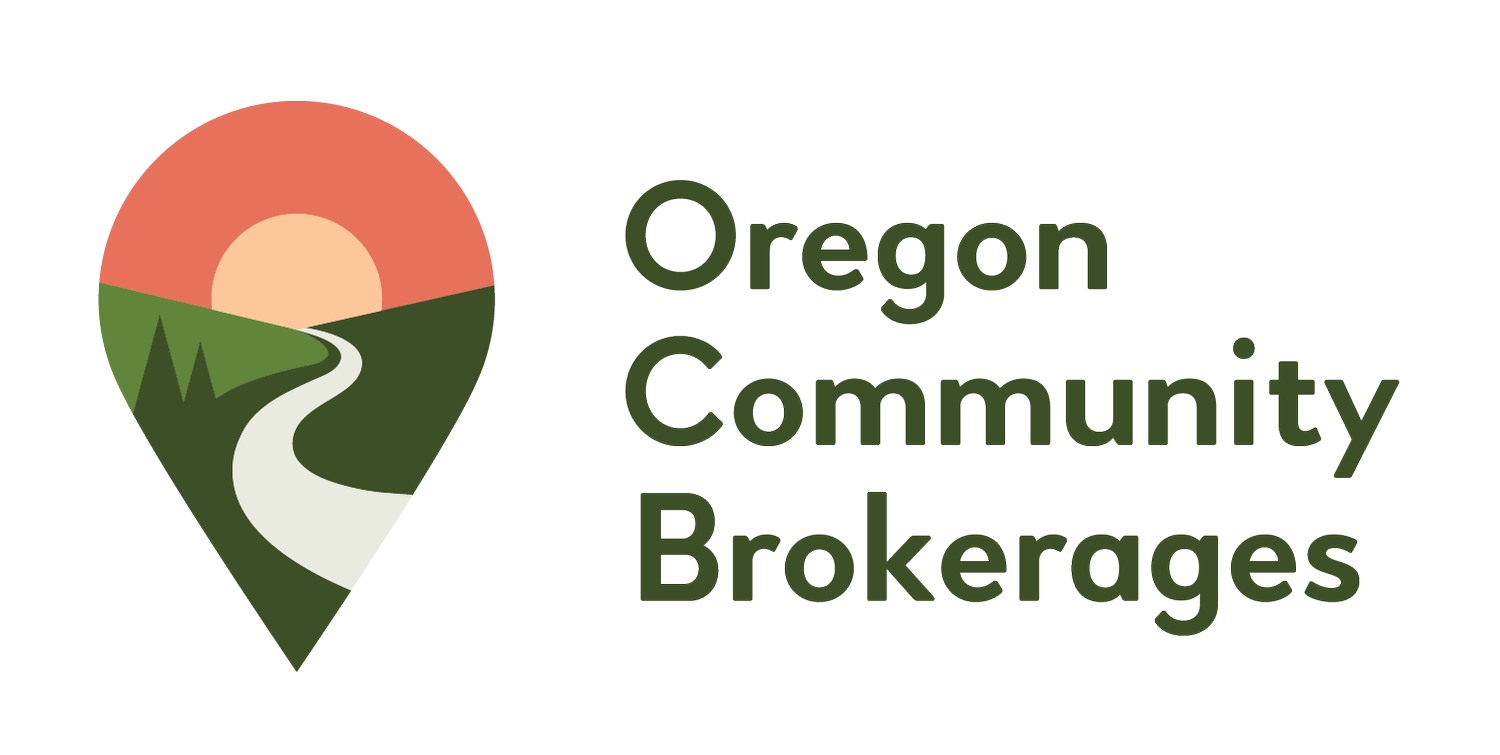EVV Is Coming to Oregon: Here Is What You Need to Know
Electronic Visit Verification is coming to Oregon, and it will change the way that 10,000 Personal Support Workers and as many Direct Support Professionals start and end their work shifts for attendant-care services in a person's home.
What Is EVV?
The 21st Century CURES Act was adopted by the federal government in 2016 to reduce Medicaid fraud. Because this is a federal bill, every state is now working to meet the January 2019 deadline to implement Electronic Visit Verification (EVV) for in-home attendant care services. In order to meet the federal standards, Oregon's EVV system will have to capture the following points of information for each and every shift of in-home attendant care performed:
Type of service performed
Individual receiving the service
Date of the service
Location of the service
Individual providing the service
Time the service begins and ends
As the name would indicate, this information will need to be recorded and verified electronically--meaning it cannot be a simple self-report, as it is in progress notes. Because this is a federal law, there is not a lot of leeway for Oregon to be creative with how it will comply. The deadline of January 2019 is only 8 months away from the time of this writing. Should Oregon fail to implement an EVV system by that deadline, the federal government will penalize Oregon by taking away .25% of the federal contribution. That may sound like a slap on the wrist, but it amounts to many millions of dollars that Oregon's social services programs are currently counting on to make ends meet.
What Will It Look Like For Me?
Oregon's system for capturing this EVV data is not yet complete. Early reports describe a mobile version of the eXPRS website that would allow PSWs (and, possibly, others) to log in using their same eXPRS credentials, and mark themselves in and out of shifts. In areas where there is no internet service or cell service available, there will surely be alternatives for compliance, yet to be determined. To find out more about the project and the time-frames outlined for development, testing, and training, please click here and take a look at the EVV Project page posted on the DHS website.
What Can I Do?
A stakeholder work group is currently being formed to preview and contribute guiding in-put into the building of the EVV system and interface. The announcement has been posted to this ODDS Engagement and Innovation website, to which we encourage you to subscribe if you want updates such as these to come directly to your in-box. Though it appears that the PSW spots have been filled, there are still openings at time of this posting for 2 people receiving in-home services through ODDS, and 1 parent or designated employer of a PSW. Please click here and sign up if you are able to actively participate in those work group meetings in Salem, Oregon.
For information directly from the Office of Developmental Disabilities at DHS, please read the message from Lilia Teninty, here.
There is a backlash forming against EVV nationwide as advocates have increasing concerns about privacy for individuals with disabilities and their personal information. Many advocates also feel that EVV systems will be costly and cumbersome to implement, without really doing much to decrease Medicaid fraud, as they were intended. This article does a nice job of outlining the concerns and opposition in simple terms. There are many national groups such as NCIL and ANCOR that oppose EVV. Take a look online at your trusted sources in disability advocacy to see where they stand. If you are concerned about or opposed to EVV, please contact your federal legislators to let them know. You can use this finder on GovTrack to put in your address and get the names and contact information for your legislators.
